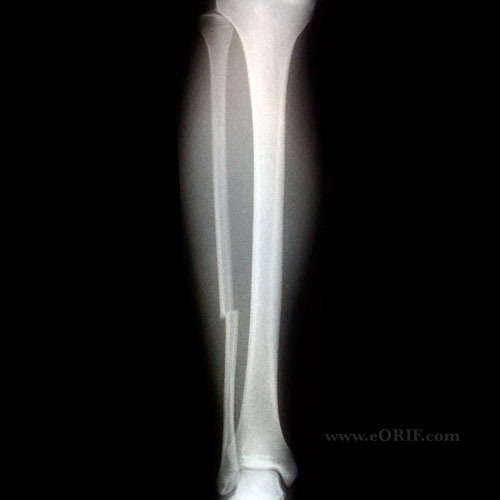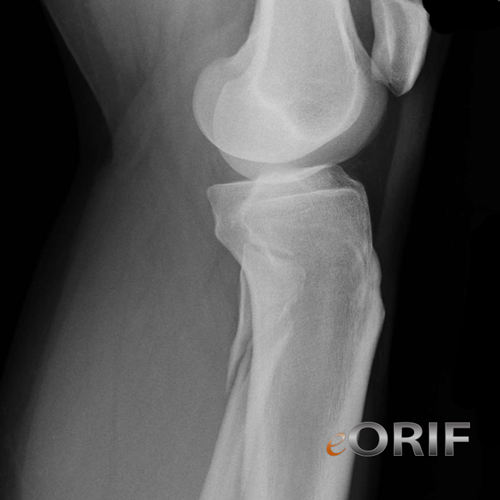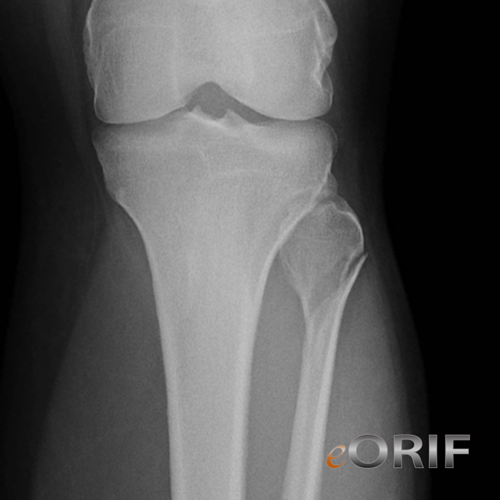|
|
synonyms: isolated fibula facture Fibula Fracture ICD-10
A- initial encounter for closed fracture B- initial encounter for open fracture type I or II C- initial encounter for open fracture type IIIA, IIIB, or IIIC D- subsequent encounter for closed fracture with routine healing E- subsequent encounter for open fracture type I or II with routine healing F- subsequent encounter for open fracture type IIIA, IIIB, or IIIC with routine healing G- subsequent encounter for closed fracture with delayed healing H- subsequent encounter for open fracture type I or II with delayed healing J- subsequent encounter for open fracture type IIIA, IIIB, or IIIC with delayed healing K- subsequent encounter for closed fracture with nonunion M- subsequent encounter for open fracture type I or II with nonunion N- subsequent encounter for open fracture type IIIA, IIIB, or IIIC with nonunion P- subsequent encounter for closed fracture with malunion Q- subsequent encounter for open fracture type I or II with malunion R- subsequent encounter for open fracture type IIIA, IIIB, or IIIC with malunion S- sequela
Fibula Fracture Etiology / Epidemiology / Natural History
Fibula Fracture Clinical Evaluation
Fibula Fracture Xray / Diagnositc Tests
Fibula Fracture Classification / Treatment
Fibula Fracture Associated Injuries / Differential Diagnosis
Fibula Fracture Follow-up Care
Fibula Fracture Review References
° |



